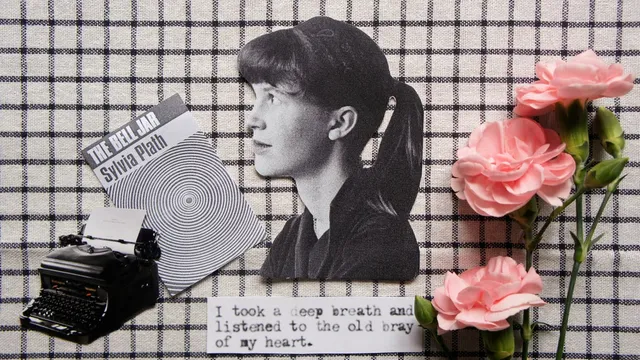
Frieda Hughes Reflects on Sylvia Plath's The Bell Jar
2024-09-27 13:22- Frieda Hughes re-reads her mother Sylvia Plath's novel while waiting for car maintenance.
- She reflects on the protagonist's journey, contrasting initial optimism with mental health struggles.
- Hughes contemplates the societal constraints on women in the 1950s, emphasizing the limited options available.
Express your sentiment!
Insights
Frieda Hughes, the daughter of renowned poet Sylvia Plath, reflects on her mother's novel while re-reading it for the first time since she was a teenager. The narrative unfolds as Hughes finds herself in a mundane setting, reading the book during a car maintenance appointment. She notes the contrast between the vibrant optimism of the protagonist's early experiences in New York and the underlying struggles that plague her mental state. Hughes contemplates the authenticity of her mother's descriptions, pondering which elements stem from personal experience and which are purely fictional. The text highlights the societal constraints faced by women in the 1950s, illustrating how marriage was often viewed as the only viable option for women, akin to a restrictive corset. This reflection not only sheds light on Plath's literary genius but also invites readers to consider the broader implications of gender roles during that era.
Contexts
In the 1950s, a time when societal expectations dictated the roles of women, literature became a powerful medium for expressing the struggles and aspirations of women. The dominant narrative suggested that a husband was far more important than a college degree, leaving many women feeling trapped in a world that valued domesticity over ambition. Yet, amidst this cultural backdrop, a new wave of female writers began to emerge, challenging the status quo and exploring the complexities of womanhood through their works. Esther, a character in Sylvia Plath's 'The Bell Jar,' embodies the conflict faced by many women of her time. Torn between societal expectations and her own desires, she grapples with the pressure to conform to traditional roles while yearning for independence. Her interactions with other female characters reveal a spectrum of beliefs about womanhood, from the conventional path of secretarial work to the pursuit of careers outside the domestic sphere. This tension highlights the double standards imposed on women, particularly regarding their sexual freedom and professional aspirations. As the decade progressed, the voices of women writers became increasingly prominent, reflecting a growing awareness of the limitations placed upon them. The literature of the time was not merely a reflection of a dull or reactionary period; it was a vibrant dialogue about identity, autonomy, and the fight against societal norms. Women writers, often overlooked, began to assert their presence, revealing the rich tapestry of experiences that defined their lives. However, the narrative was not complete. The absence of diverse voices—Black writers, lesbian writers, and working-class women—underscored the need for a more inclusive understanding of women's literature. As the 1960s approached, the groundwork laid by these pioneering authors would pave the way for future generations to continue the fight for equality and representation in both literature and society.